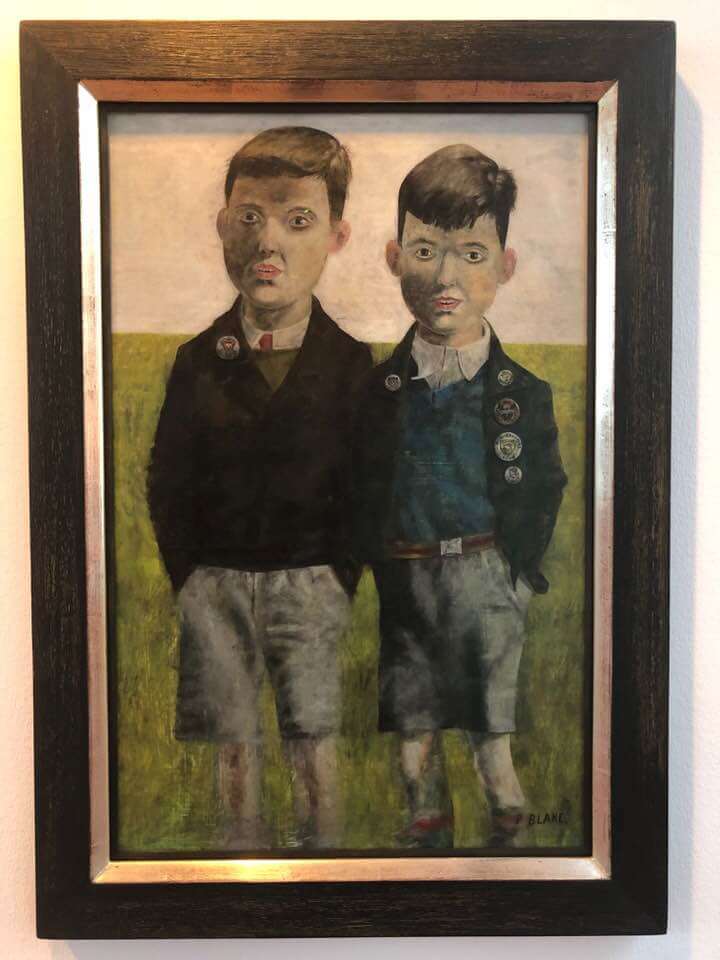
Après des études de dessinateur industriel et d’arts plastiques, Peter Blake obtient une bourse pour étudier les cultures populaires en Europe. Sa première exposition a lieu en 1962. En 1967, il réalise, avec sa conjointe Jann Haworth, la couverture de l’album Sgt. Pepper’s Lonely Hearts Club Band du groupe britannique The Beatles. Dans ses œuvres, il récupère et mélange les images stéréotypées issues de la culture populaire anglaise. Il est, avec Richard Hamilton, l’un des pères du Pop Art anglais. En 2011, on lui confie le travail de design pour la nouvelle statuette remise lors de la cérémonie des Brit Awards en Angleterre (ce fut à Vivienne Westwood que la tâche fut attribuée l’année précédente).

Peter Blake was born in Dartford, Kent, on 25 June 1932. He was educated at the Gravesend Technical College school of art, and the Royal College of Art.[3]
Career
During the late 1950s, Blake became one of the best known British pop artists. His paintings from this time included imagery from advertisements, music hall entertainment, and wrestlers, often including collaged elements. Blake was included in group exhibitions at the Institute of Contemporary Arts and had his first solo exhibition in 1960. In the ‘Young Contemporaries’ exhibition of 1961 in which he exhibited alongside David Hockney and R.B. Kitaj, he was first identified with the emerging British Pop Art movement. Blake won the (1961) John Moores junior award for Self Portrait with Badges. He came to wider public attention when, along with Pauline Boty, Derek Boshier and Peter Phillips, he featured in Ken Russell‘s Monitor film on pop art, Pop Goes the Easel, broadcast on BBC television in 1962. From 1963 Blake was represented by Robert Fraser placing him at the centre of swinging London and brought him into contact with leading figures of popular culture. His Captain Webb Matchbox piece is another of his works in the pop art movement.[1]
